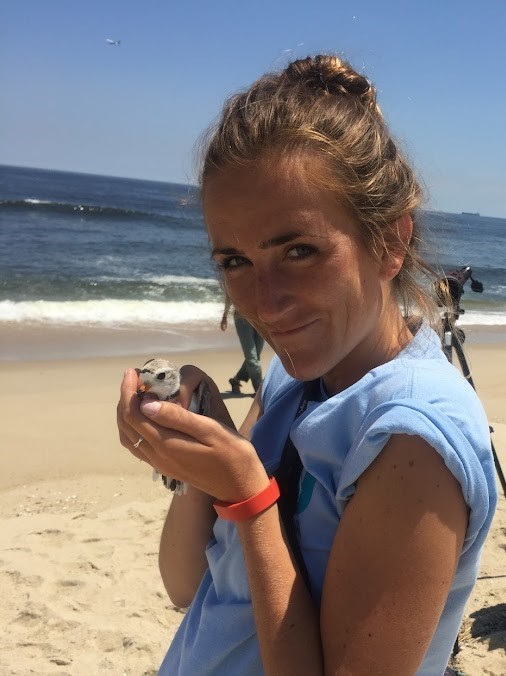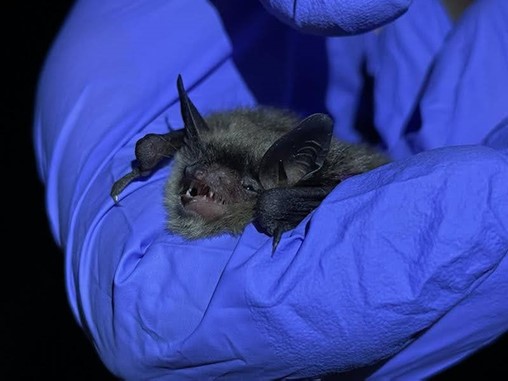Staff Spotlight: Wildlife Biologist Meaghan Lyon

Growing up on the edge of the Pine Barrens and the Barnegat Bay, Meaghan was surrounded by a diverse array of wildlife from a young age. It wasn’t until college that she realized that a career as a wildlife biologist was obtainable. She studied at College of the Atlantic and worked on Maine islands doing seabird research until graduating in 2016. To fill the years after graduation, Meaghan worked seasonal positions at Rachel Carson National Wildlife Refuge in Wells Maine, Hanalei National Wildlife Refuge in Kauai Hawaii, and as the first female seawatch counter at Audubon’s Cape May Bird Observatory to name a few.
Meaghan has been working for CWF for just over 5 years as a wildlife biologist and she just recently returned to office after a summer of maternity leave caring for her newborn son! Meaghan is currently stationed in the USFWS New Jersey Field Office as a partner biologist. Through her position, she takes on beach management planning for all coastal municipalities in the state to better protect federally listed beach nesting birds like piping plover and beach plants like seabeach amaranth. Meaghan also leads a series of projects focusing on wildlife and habitat restoration at the Joint Base McGuire, Fort Dix, and Lakehurst. Highlights of this work include grassland habitat restoration for grassland birds like the upland sandpiper and summer mist netting surveys for the federally endangered northern long-eared bat.
What’s your favorite species and why?
If you had asked me prior to 2020, I would have certainly said the piping plover was my favorite species but since starting summer mist netting surveys for bats, the northern long-eared bat has stollen my heart. There is something truly awe-inspiring to be able to work with a species so uncommon and the joy of confirming a northern long-eared bat in the wild is unmatched.

What’s the most surprising or unusual thing that has happened to you while doing field work?
Most days in the field lend happy surprises like a scarlet tanager sighting in a freshly charred plot of woods or a flying squirrel stuck in a bat net.
Who or what was the biggest influence that led to your career working with wildlife?
I’ve always had an interest in nature, but it wasn’t until college that I realized that a career in wildlife was possible. For that I have my college advisor and professors who were my greatest supporters and always encouraged me to take advantage of every field opportunity that came my way. The more field work I did, the more it solidified it was the right career path for me.
What’s the best thing about your job at CWF?
The work we do at CWF often translates to real, tangible change that is beneficial to threatened and endangered wildlife. Being able to see these direct and indirect positive impacts gives our job more meaning and a greater purpose.
What’s your favorite thing to do when you aren’t working?
When I’m not working, I enjoy being outside, showing my son the world.
Discover more from Conserve Wildlife Foundation of NJ
Subscribe to get the latest posts sent to your email.